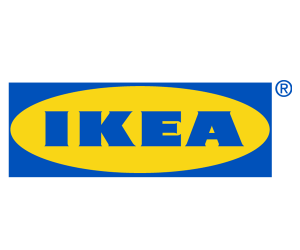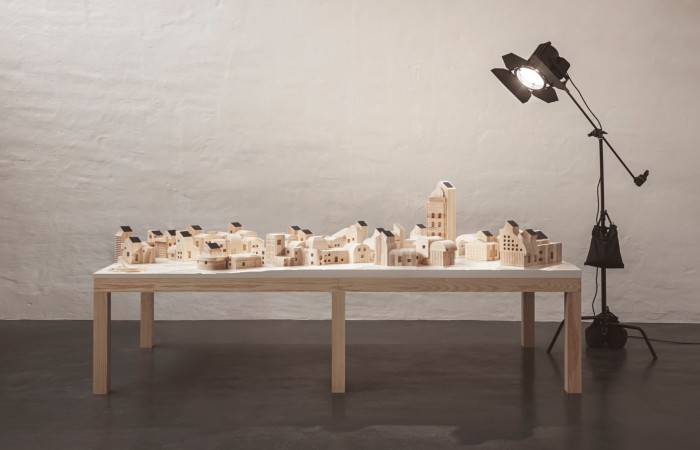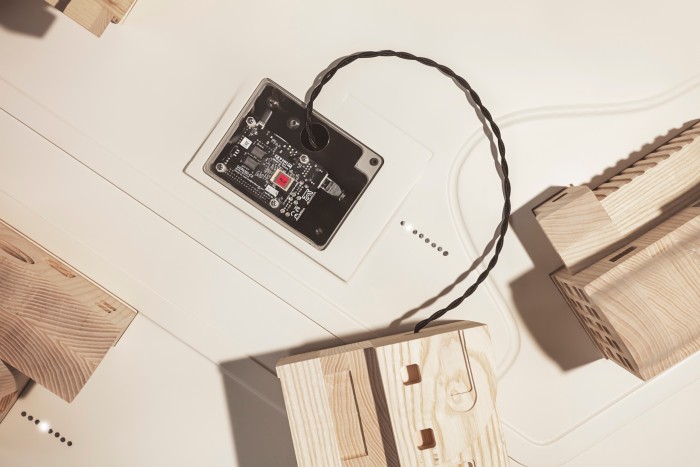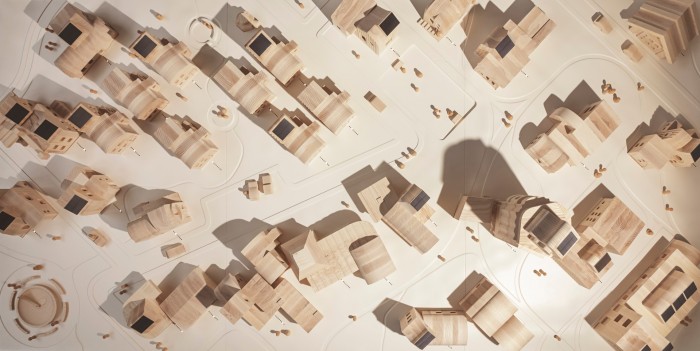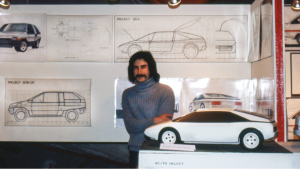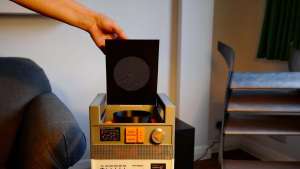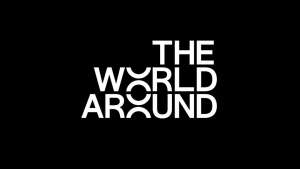SPACE10, Ikea’s research and design laboratory recently launched their latest project, SolarVille.
The project, created in partnership with Blockchain Labs for Open Collaboration (BLOC), WeMoveIdeas India, Blocktech and SachsNottveit, explores the ways in which countries can democratise clean, solar energy and blockchain technology.
The SolarVille model is a wooden village, built to a 1:50 scale.
The model shows how, by making use of solar panels and micro grids, local communities can become generators and traders of clean energy. It illustrates the movement and trade of energy in real time via LED lights located on the model.
Solar power is the most abundant source of energy available to us. By installing solar panels into our homes, the amount of energy generated will not only be enough to completely power our homes and businesses but also enough to allow those with solar panels to trade with their neighbours.
SPACE10 mentions that by combining solar power and blockchain technologies, energy sources are made more affordable and accessible to local communities. Taking into account that the sun will not be shining 24/7, the implementation of batteries will be used to store any excess electricity generated.
The trade of electricity between community members could allow for this money to stay within the community and thereby lead to the upliftment and improvement of the community. According to SPACE10, the reasons for using blockchain technology is that it allows for a secure and decentralised trading platform.
From a local perspective, South Africa currently finds itself in a significant electricity crisis. As a country we are currently going through Stage 4 load-shedding, which means that 4000 MW of electricity is being shed from the electricity grid.
Government officials warn that Stage 5 and 6 load-shedding may need to be implemented in an attempt to ensure that a national black out and an entire grid collapse does not occur. According to Eskom, South Africa’s electricity public utility, 90% of its electricity supply comes from coal fired power stations. While South Africa has a large coal supply, it still remains a non-renewable source of energy.
Our public electricity utility continues to struggle to maintain a continual flow of electricity to the various infrastructures in the country. This means that people need to start looking to other sources of energy.
While solar panels are available for purchase in the country, a majority of the population continues to rely on Eskom as their main source of electricity. Even with the continuous increase of electricity tariffs in the country, the price of solar panels and their installation still remains largely out of budget for many households in South Africa.
With subsidies from government and the money generated from the trading of energy, the roll-out of solar panels in South African homes could be a possibility. Creative initiatives like SolarVille means that the demand for non-renewable resources will decrease and we’ll see an increase in people using clean energy.
According to Mikkel Christopher, lead creative producer at SPACE10, “SolarVille demonstrates that we have a choice. We can actively choose to take major steps to reduce global warming and stabilise our climate."
He says that we can actively choose to free ourselves from being dependent on depleting natural resources.
"We can actively choose to dramatically reduce pollution, which already today is a major threat to both our health and the natural ecosystems we rely on. Finally, we can actively choose to empower millions of people by making clean energy accessible and affordable. The technology exists, so next step is to make an active choice to put it into practice.”
Read more about how creativity is inspiring a cleaner world:

